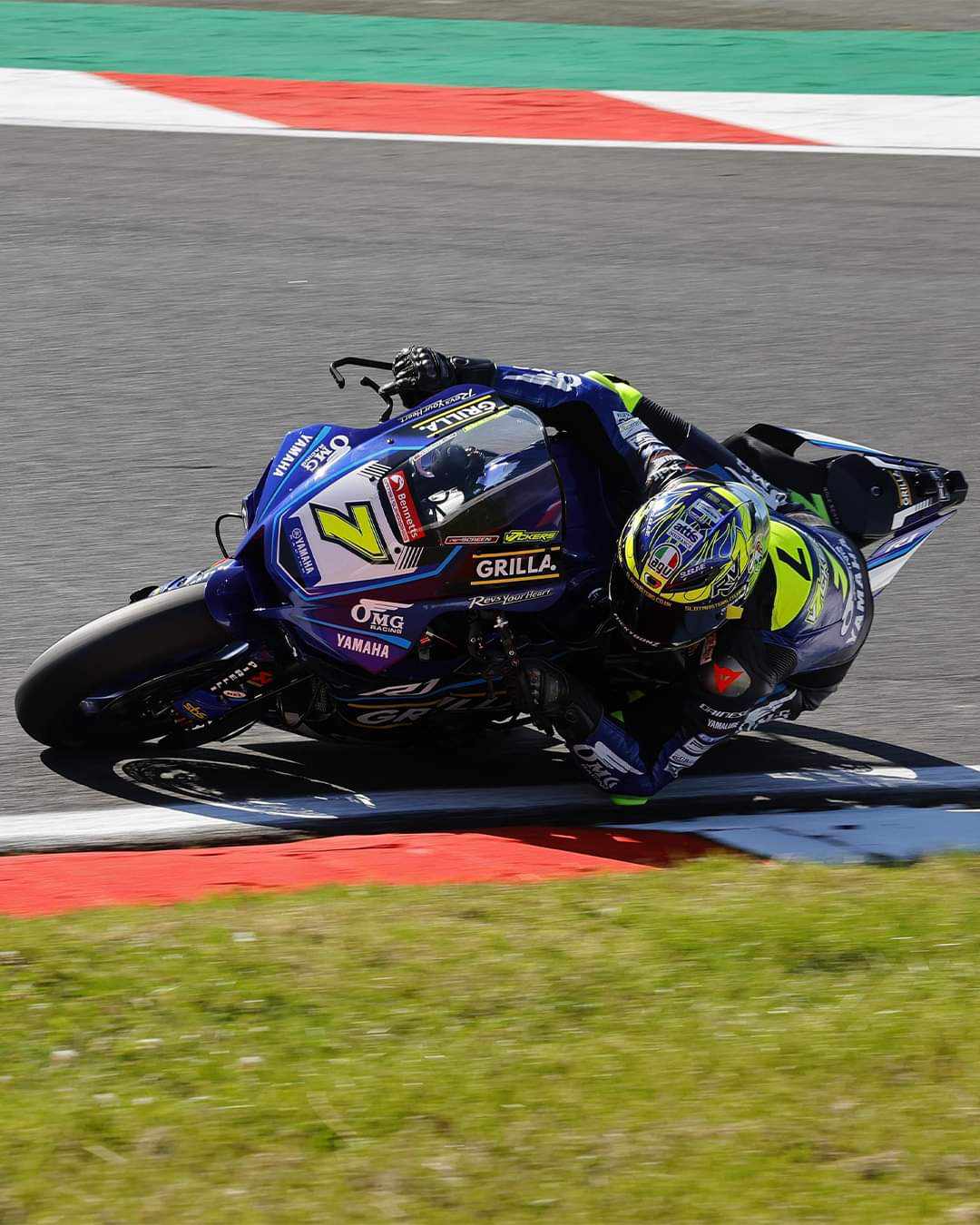
MotoGP: What does the development freeze for 2021 mean for MotoGP teams?
By Short Shift News
The Coronavirus pandemic has flipped the entire world upside down, weekly changes to our daily lives are the new normal it seems, and that transpires into the world of MotoGP.
MotoGP organisers announced that the engine and aerodynamic development of the 2021 season would be frozen, meaning teams and riders will run this year’s engine and aero packages in 2021. For some teams, this is good news as it’s another year of gathering data on the current bike to help build a much more competitive machine for 2022, whereas for other’s, not so much.
The development freeze is simple, whatever engine and aerodynamics were homologated to them at the start of this season, will be the same for the 2021 season—the reason for this, money. The Coronavirus pandemic has left a significant impact on the financial side of businesses, and that counts for MotoGP teams and manufacturers.
The 270+bhp MotoGP prototype machines a multi-million euro projects, and that money has to come from somewhere. Following on from the tragic outbreak of COVID-19, manufacturers were forced to shut down factories, research and development centres and their showrooms. Therefore, this means, bikes were not being made, and ultimately bikes weren’t being sold. This, of course, would leave substantial financial impacts on manufacturer’s and teams, who still have staff to pay and bills to deal with, which when there’s no income, can be very difficult.
In light of the crisis, the GP Commission released a statement explaining the development freeze that was put in place to save teams money.
But what does the development freeze mean for MotoGP teams?
Concession teams (currently KTM and Aprilia) will be allowed to upgrade their engines as usual during next year, but the non-Concession teams will be using the same engine spec from March 2020 until the end of the 2021 season. This means KTM and Aprilia can continue to bridge the gap to their opponents, while the rest of the field is stuck with their 2020 machines.
This, for Yamaha and Honda, could be a disaster. Yamaha is seriously struggling with engine reliability, rumoured as a sensor issue, while Honda has lost their best rider on the grid due to the “unpredictable” RC213V.
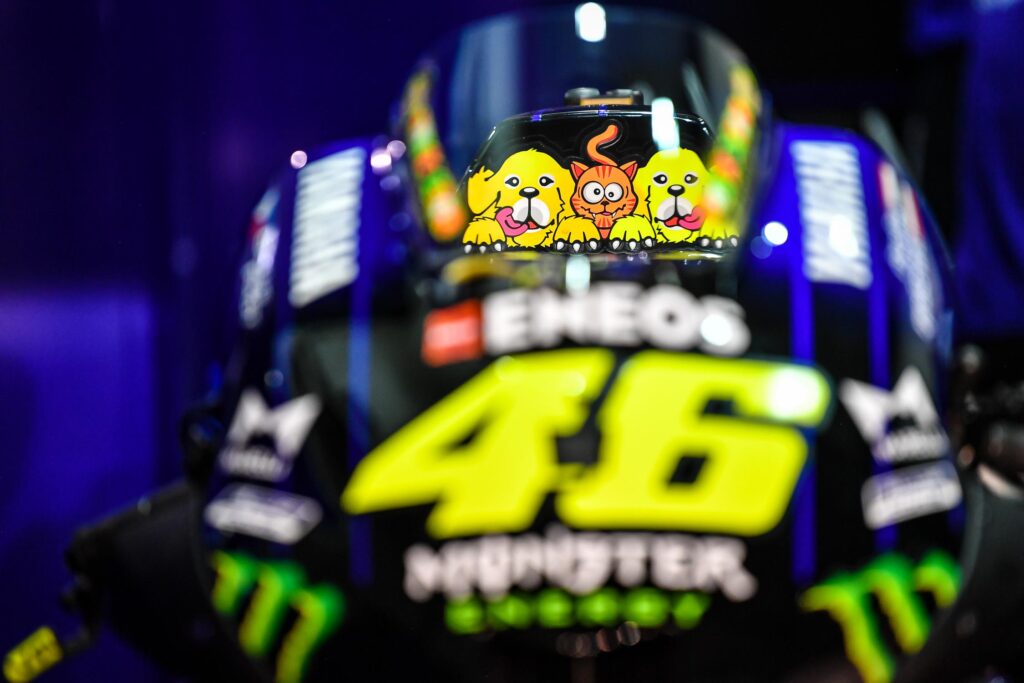
Effectively, this could mean two long, difficult back-to-back seasons for the Yamaha and Honda team, while Ducati also looks to get back in the frame and get their heads around the latest spec Michelin rear tyre.
Currently, development for chassis and electronics are not under the development freeze rule, which could be a blessing in disguise for the current MotoGP champions. Honda has the chance to dial out the niggling issues that have cost Cal Crutchlow and Marquez (Marc) in 2020 after Crutchlow missed the opening round of the season due to a wrist injury.
However, in the smaller categories, both Moto2 and Moto3 machines will have to remain the same for the next two seasons, where officials have also outlawed the use of ride height devices.
Below is the official statement on rule changes regarding development for the 2020/2021 season.
FIM Grand Prix Commission statement:
Technical Regulations
In view of the Covid-19 global crisis, and following various conversations with manufacturers and teams in all classes, the GPC has approved the following technical proposals.
These are all aimed at reducing costs globally in all three classes for both manufacturers and teams, whilst maintaining fairness and equality in order to conserve both the entertainment value of the sport and the integrity of the competition.
MOTOGP CLASS:
Currently, all manufacturers that don’t qualify for concessions have to homologate an engine specification for the whole season. Manufacturers are allowed to homologate a different specification for riders in Independent teams.
Until now, manufacturers with concessions didn’t have this limitation and could change specification during the year. In addition, all manufacturers were allowed two aero body designs per rider per season; the one they started with at Qatar plus one upgrade.
The GPC has approved the following changes, effective immediately:
2020 SEASON:
There will be no update of any homologated parts during the 2020 season. This applies to all manufacturers, both Non-Concession and Concession.
2021 SEASON:
Both Non-Concession and Concession manufacturers must start the 2021 season using March 2020 homologated parts. Thereafter, normal upgrade regulations will apply for the rest of the 2021 season as per current regulations meaning no engine evolution for non-concession manufacturers and only one aero-body update per rider for all manufacturers.
For the first event of 2021 riders will be allowed to choose between any engine or aero-body specification that the manufacturer homologated in 2020.
MOTO2 CLASS:
The organisers supply all Moto2 Class riders with equal Triumph 765cc engines.
Until now, the only limitation in terms of allocations of technical parts was the allowance of one upgrade to the Aero Body per manufacturer.
The GPC has approved the following changes, effective immediately:
AERO BODY:
The current 2020 Aero Bodies as homologated by the chassis manufacturers at the 2020 Qatar GP, plus any version homologated in 2019, will be frozen until the end of the 2021 season. No further upgrades are permitted.
FRAME AND SWINGARM:
Each chassis manufacturer may submit any current or previously used frame or swingarm for homologation. These designs will be frozen until the end of the 2021 season, with no further specifications permitted.
Each Team will then be required to declare a maximum of 2 specifications of frame and swingarm per rider from their chassis manufacturer homologation list. Any replacement or substitute rider will be required to use only the declared parts for the rider they are replacing.
MOTO3 CLASS:
Currently in the Moto3 class, the manufacturers must provide all their riders with the same full bike. Until now, riders were allowed to choose 2 gear ratios per season.
The GPC has approved the following changes effective immediately:
Bike specification, as declared by each manufacturer at the Qatar GP 2020, will be frozen for the 2020 and the 2021 seasons, meaning no further upgrades will be permitted on any listed performance parts, chassis, swingarm, engine, aero body, gearbox or throttle body.
The GPC has also approved the number of engines each rider is allowed to use with respect to possible revised calendars for both 2020 and 2021. These will be published within the revised regulations.
MOTO2 AND MOTO3 CLASSES:
RIDE HEIGHT DEVICES BANNED
Ride height devices, to aid the rider during the start of the race, are permitted within the current rules for MotoGP. However, due to possible high development cost that these devices could require, it is felt that this technology does not fit within the ethos of both Moto3 and Moto2 of a cost-effective championship. Therefore, such technology is banned for these two categories, with immediate effect. The use of any device that modifies or adjusts the motorcycle’s ride height while it is moving is forbidden.
Looking to update your website?
Recent posts
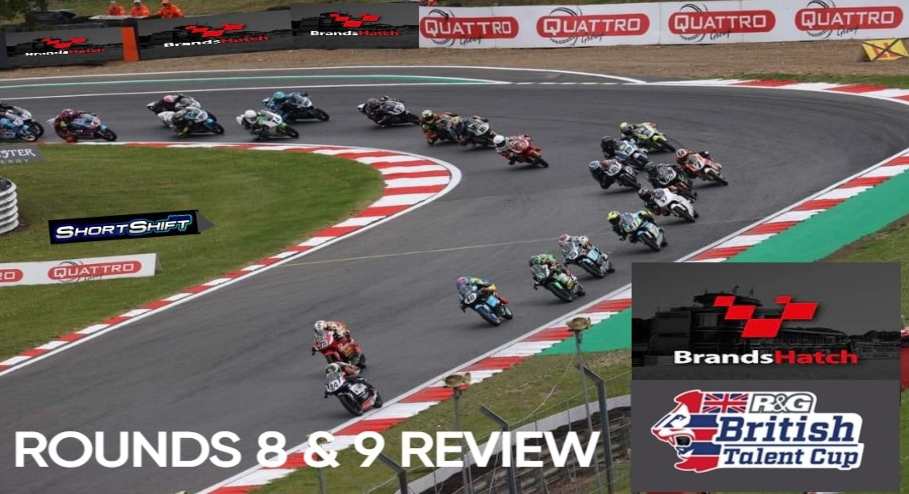
BTC: Brands Hatch Grand Prix Circuit R&G British Talent Cup Cooks Up Yet Another Scintillating Spectacular.
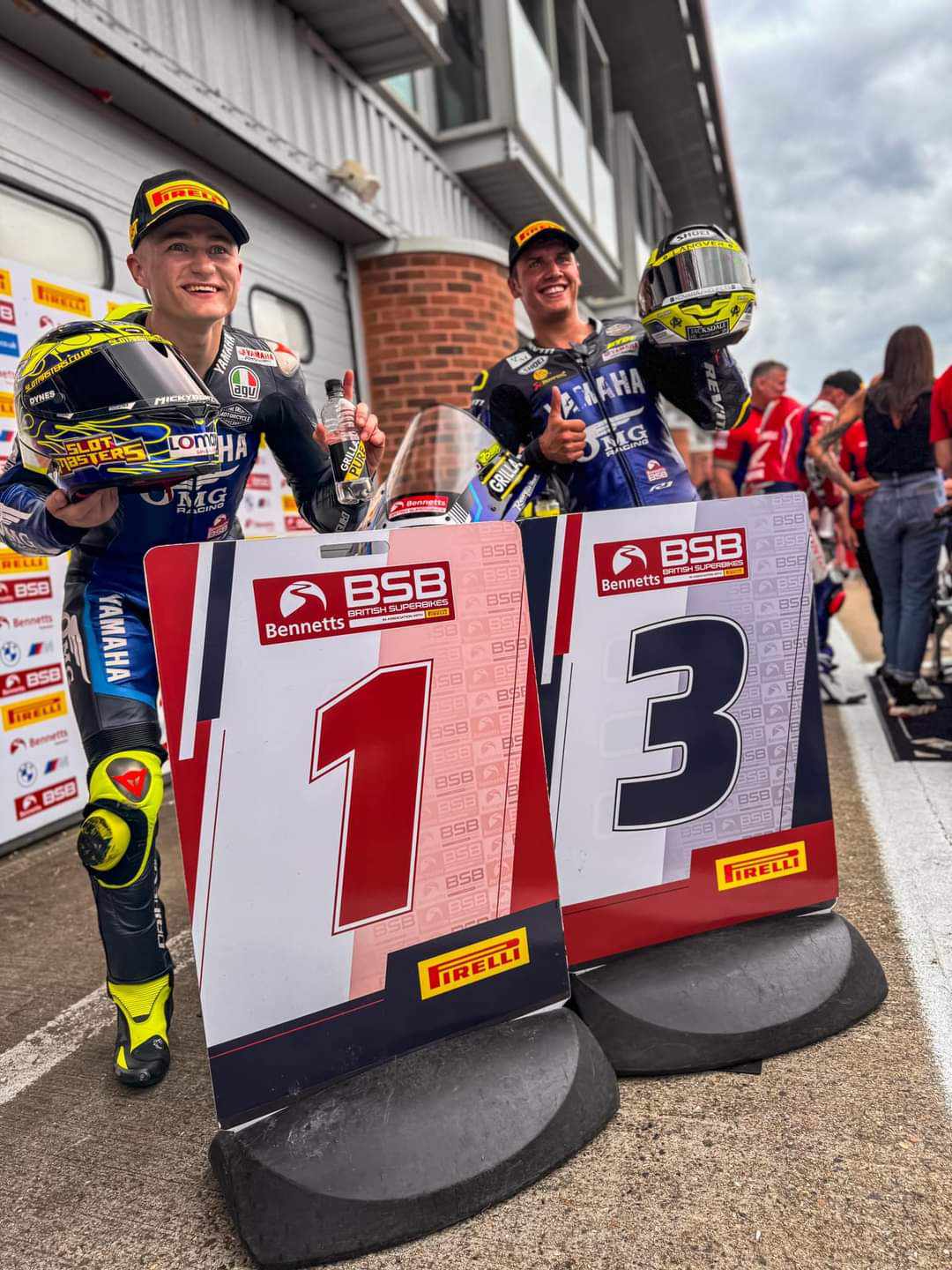
BSB: Ryan Vickers does the Treble at Brands Hatch
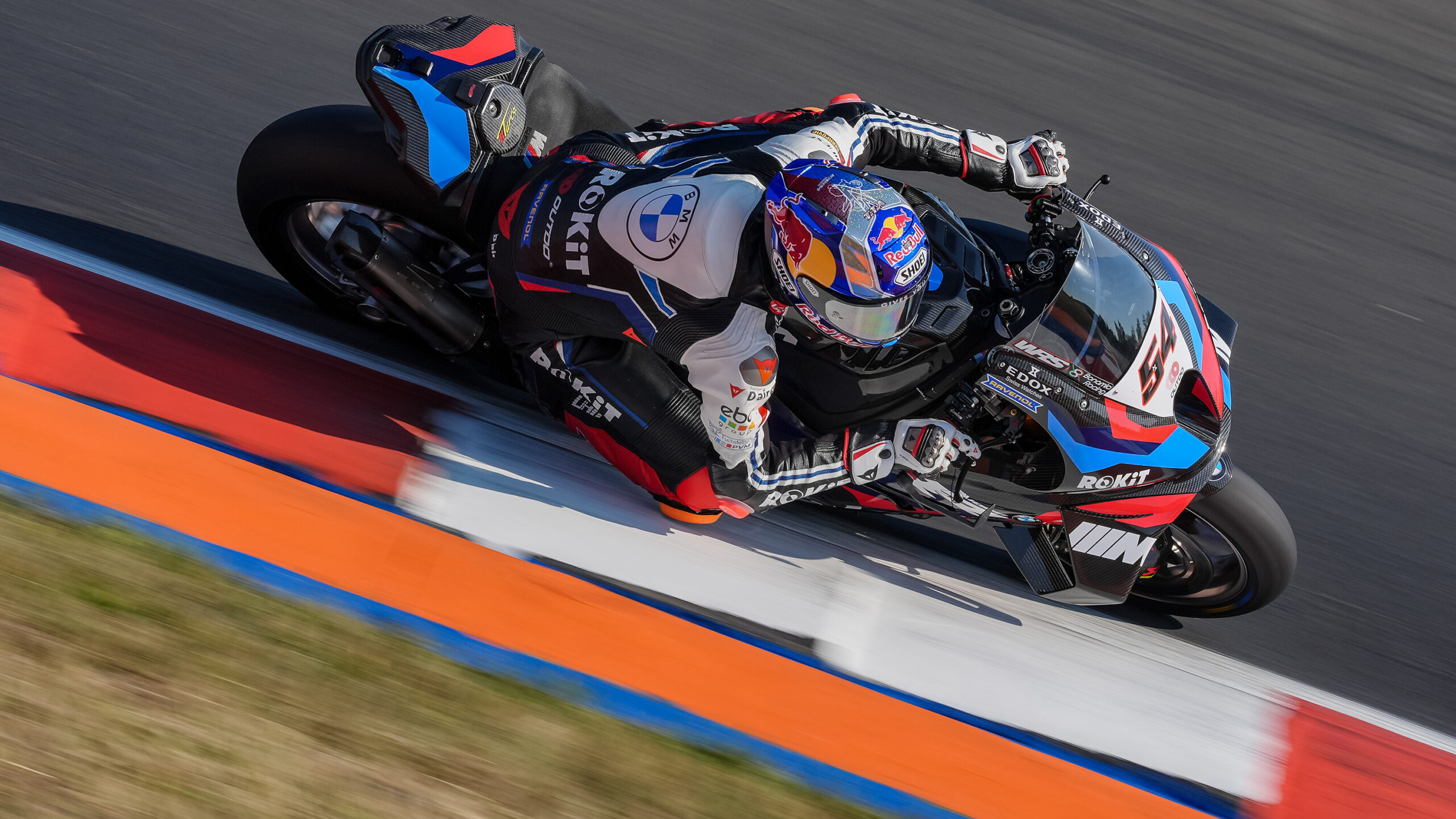
WorldSBK: Razgatliotlu completes a hat-trick of trebles, Bautista crashes for a second time

BSB: Ryan Vickers Takes the Sprint Race Victory at Brands Hatch
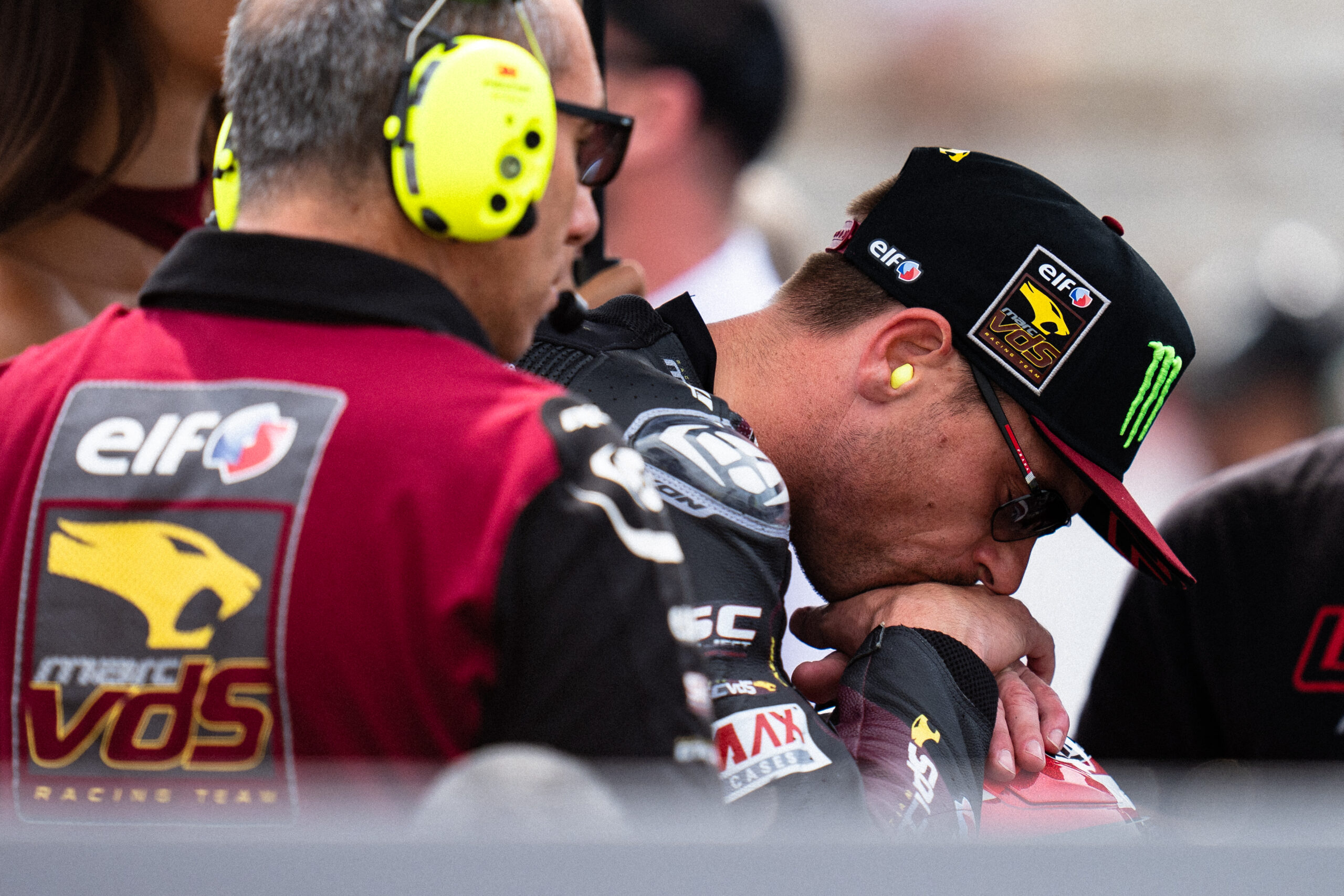
WorldSBK: Sam Lowes unfit with left collarbone fracture
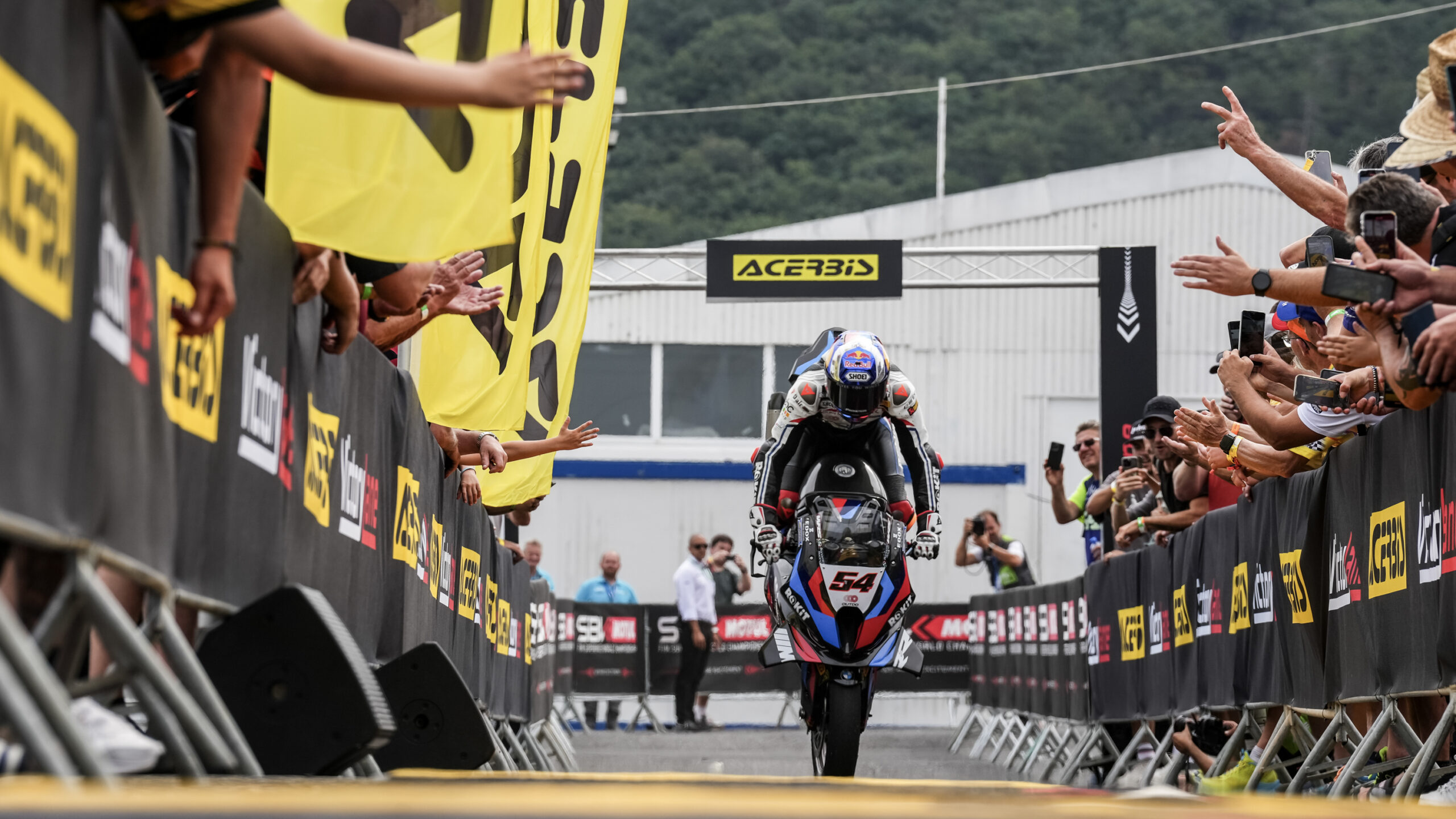
WorldSBK: Toprak Razgatlioglu wins again, whilst Bautista crashes out of third
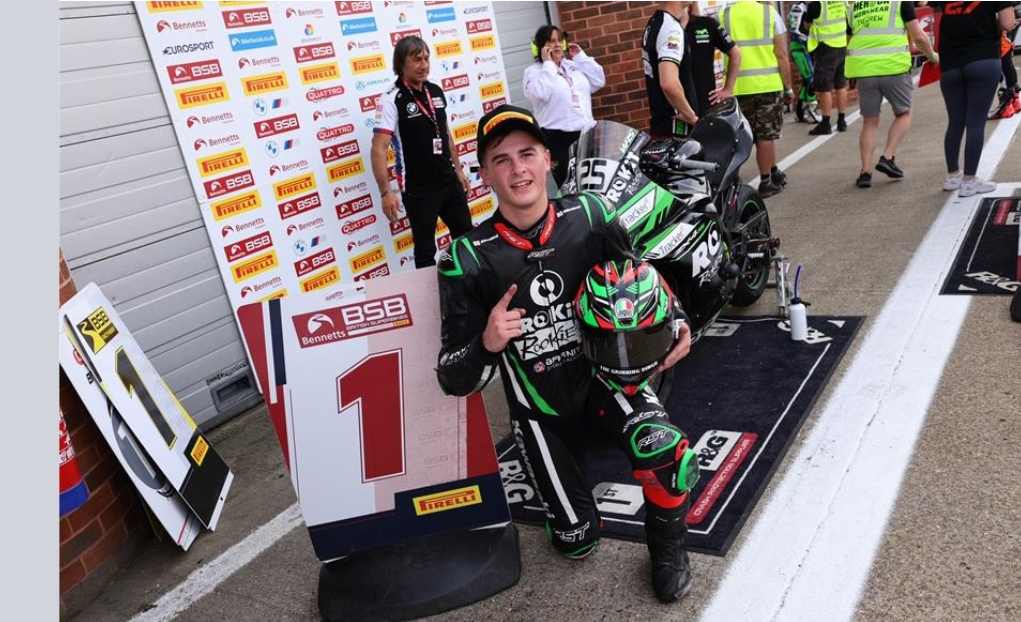
BSB: Two Wins, A Second and A Third for ROKIT Rookies at Brands Hatch.
